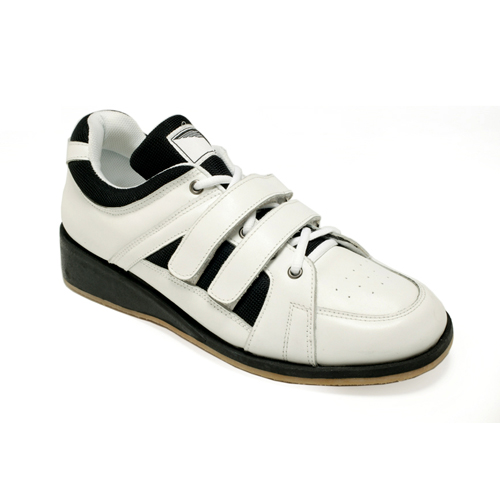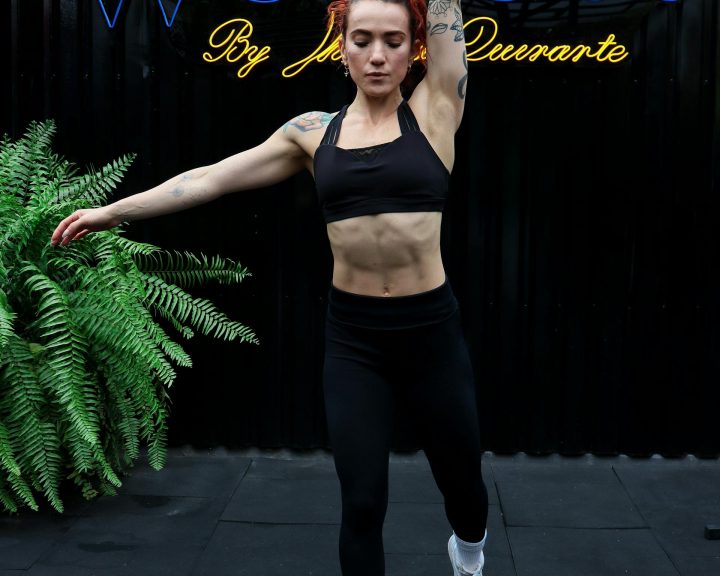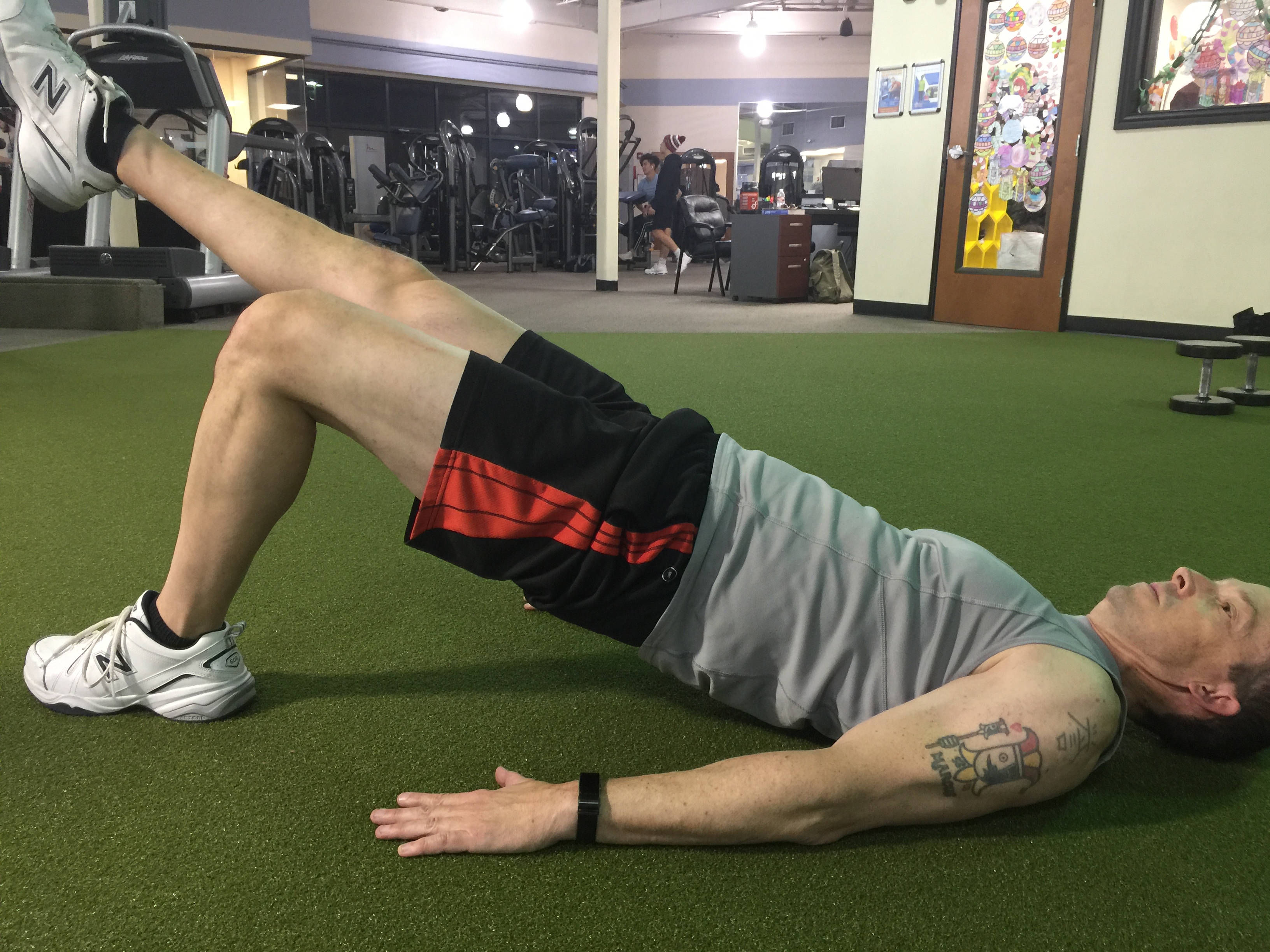I started out competing and coaching Olympic lifting. Way back when, it was ingrained in all of us that we needed to get special Olympic lifting shoes to be successful in the sport. These shoes have very hard soles that are a little higher than normal shoes. The idea being that normal shoes are something you would sink into when performing the Olympic lifts or squats, so they should be avoided.
A recent study in the Journal of Strength and Conditioning Research looked at squatting biomechanics in an attempt to describe if there are differences from the type of support that Olympic lifting shoes give an athlete. Charlton et al examined how a heel wedge impacts squatting biomechanics. The authors studied males from local weight training facilities. The subjects self identified as belonging to the following categories: Olympic-style weightlifters, powerlifters, athletic strength and conditioning, bodybuilding, and general fitness. On average, the subjects studied were able to squat a little over 130% of bodyweight.
Subjects were studied performing five sets of three repetitions with the unloaded barbell. Subjects performed the study with a heel wedge and with bare feet. Kinematic data was collected as well as EMG data on the rectus femoris, biceps femoris, gluteus medius, and gluteus maximus.
Results:
- There was a decrease in peak hip flexion angle when squatting with heel wedges.
- When squatting with heel wedges, there was an increase in knee flexion angles.
- Wedges did not impact dorsiflexion angles.
- Trunk and pelvis angle at the bottom of the squat decreased when squatting with heel wedges.
- The rectus femoris saw in increase in EMG activity, while the biceps femoris, gluteus medius, and gluteus maximus all saw decreases when squatting with heel wedges. However, only the gluteus medius results were statistically significant.
So, what’s going on here with heel wedges? First, the trunk is more upright. This suggests that this type of squat could reduce some of the stress and strain on the lower back. However, if the athlete isn’t learning forward to squat then usually their knees are moving forward, which results in greater stress on the knees. This brings home an important point about squats; they need to be done in a manner that works for the athlete’s structure. There is no one best type of squat (i.e. high bar, low bar, with weightlifting shoes, without, etc.), there’s only what’s best for the athlete.
Now, some things to consider about this study. The authors talk about weightlifting shoes a great deal in the study. The idea is that the heel wedges that they used can simulate the impact of weightlifting shoes on squatting biomechanics. However, we don’t know the impact of weightlifting shoes because the authors did not use them and it’s tenuous to make that association.
The authors also had the comparison group squat barefoot. I understand the intent, which is to eliminate any bias that might be associated with shoes of different heel heights, but in reality athletes and Olympic lifters don’t squat in bare feet anymore. This makes it really difficult to look at the results and apply them to different coaching situations.
In this study, the subjects ranged in age from 19 to 29, with a self reported training experience of 2 to 5 years, and were able to squat between almost 85% and 180% of bodyweight. In other words, these are not highly capable strength athletes. This makes it really difficult to apply these results to those of athletes with a lot of strength and conditioning experience and solid form.
I like the idea of studying the impact of different types of shoes on lifting biomechanics. Those of us with an Olympic lifting background drink the Kool Aid that we need the lifting shoes. I’d be really interested to see the impact of Olympic lifting shoes, Converse, and running shoes on lifting biomechanics and see if all that is marketing or if there’s some truth to it all!
Charlton, J.M., Hammond, C.A., Cochrane, C.K., Hatfield, G.L., and Hunt, M.A. (2017). The effects of a heel wedge on hip, pelvis and trunk biomechanics during squatting in resistance trained individuals. Journal of Strength and Conditioning Research, 31(6), 1678-1687.




